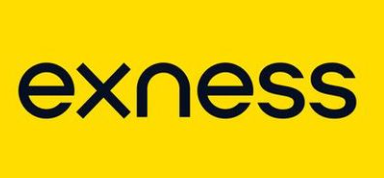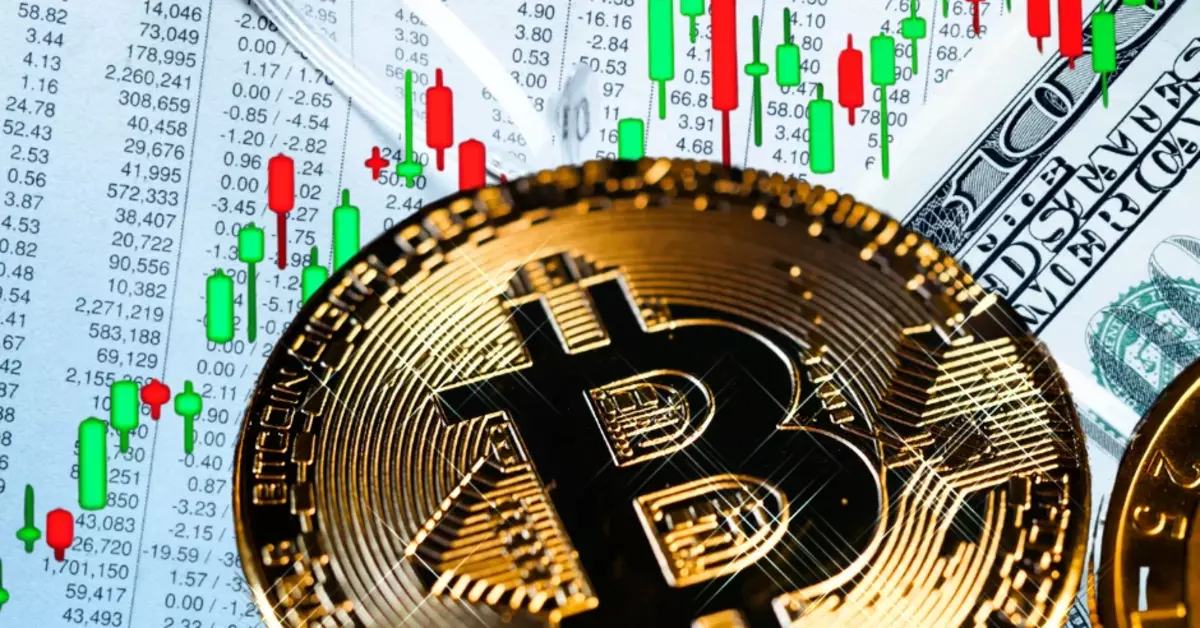Web3 and NFT trading in 2025 will go beyond crypto speculation. NFTs and Web3 platforms will offer real-world uses, enable digital ownership, and impact industries like gaming, entertainment, marketing, and real estate. The focus will be on practical value and utility, giving users, creators, and businesses new ways to interact and earn.
Understanding Web3 and NFTs: The Basics
Web3 is the next phase of the internet, built on decentralization, blockchain technology, and user ownership. Unlike Web2, where data and control are concentrated in the hands of tech giants, Web3 gives users control over their digital assets, identities, and interactions. This means you can truly own your online presence, assets, and even your data.
NFTs (Non-Fungible Tokens) are unique digital tokens stored on a blockchain. Unlike cryptocurrencies (which are interchangeable), each NFT is one-of-a-kind and can represent anything from digital art and music to in-game items, virtual real estate, or even real-world assets like sneakers or event tickets. NFTs are bought, sold, and traded on blockchain-powered marketplaces. Ownership and transaction history are transparently recorded.
The Big Shift in 2025: Utility and Real-World Integration
In 2025, the NFT and Web3 landscape is maturing. Here’s how:
- Utility-Driven NFTs: The market is moving away from speculative “profile picture” NFTs and towards tokens that offer real benefits-such as access to exclusive events, membership perks, governance rights, or ownership of real-world assets. For example, hybrid NFTs now link digital ownership to physical products, event access, or luxury goods. This bridges the gap between the blockchain and everyday life
- Web3 Gaming Boom: Gaming is a major catalyst. Web3 games let players truly own, trade, and monetize in-game assets as NFTs. This creates new economies and revenue streams for both players and developers. It is driving mainstream adoption, with gaming NFTs dominating transaction volumes and offering practical use cases beyond mere collecting.
- Metaverse and Virtual Real Estate: Virtual worlds like Decentraland and The Sandbox allow users to buy, sell, and develop virtual land as NFTs. These platforms are hosting events, building communities, and even enabling businesses to set up virtual storefronts. This is blurring the line between digital and physical economies.
- AI and NFT Integration: Artificial intelligence is curating personalized NFT collections and generating dynamic digital assets. As a result, NFTs are becoming more engaging and relevant to users’ tastes and needs.
- Decentralized Identity and Data Ownership: NFTs are being used to represent digital identities, credentials, and memberships. This gives users control over their online personas and access rights across platforms.
- Tokenization of Real-World Assets (RWA): Real estate, art, and other physical assets are being tokenized as NFTs. This makes it easier to prove ownership, transfer assets, and even fractionalize high-value items for broader investment.
Opportunities for Businesses, Creators, and Users
- For Businesses: Web3 enables innovative marketing strategies, such as NFT-based loyalty programs, decentralized advertising, and immersive brand experiences in the metaverse. Companies can engage directly with consumers, build stronger communities, and create new revenue streams.
- For Creators: Artists, musicians, and content creators can monetize their work directly, retain royalties on secondary sales, and interact with fans in new ways. They can do this without relying on traditional intermediaries.
- For Users: Individuals gain true ownership of digital assets, participate in decentralized communities, and access exclusive experiences. NFT trading is becoming more secure, transparent, and user-friendly, with an emphasis on utility and value rather than speculation.
What’s Driving Growth and What to Watch
- Regulatory Clarity: Governments are moving towards clearer rules for Web3 and NFTs, which should boost confidence and mainstream adoption.
- Technological Advancements: Layer-2 solutions, high-performance blockchains, and better user interfaces are making Web3 more accessible and scalable.
- Community and Innovation: The most successful projects are those that foster active communities and deliver real-world value. They do not just offer digital bragging rights.
Web3 and NFT trading in 2025 are about much more than cryptocurrency speculation. The ecosystem is shifting towards practical applications, real-world integration, and user empowerment. Whether you are a business, creator, or regular user, opportunities are growing. These include gaming, marketing, digital identity, and owning assets. As the technology matures and adoption grows, expect Web3 and NFTs to become integral parts of both the digital and physical worlds.
Faq for Web3 and NFT Trading
How will hybrid NFTs impact traditional industries like art and luxury goods?
Hybrid NFTs bridge digital ownership with physical assets, enabling proof of authenticity, fractional ownership, and exclusive perks (e.g., event access or luxury item verification). This reduces counterfeiting and enhances customer engagement in industries like art and fashion.
What are the main challenges facing the adoption of Web3 gaming in 2025?
Key challenges include poor user experience, unsustainable token economies, high onboarding friction (e.g., wallet setup), and competition from AI-driven apps.
How does the integration of NFTs with Web3 gaming differ from traditional NFT trading?
Web3 gaming NFTs prioritize utility (e.g., in-game assets, interoperability) over speculation, enabling player-driven economies and cross-platform asset use, unlike traditional NFT trading focused on collectibles.
What role will regulatory clarity play in the growth of the NFT market in 2025?
Clearer regulations reduce legal risks, boost institutional adoption, and stabilize markets by distinguishing utility NFTs from securities, fostering trust and innovation.
How might DeFi 2.0 influence the broader NFT market?
DeFi 2.0 integrates NFTs into decentralized finance via staking, liquidity pools, and tokenized real-world assets, enhancing liquidity and enabling sustainable revenue models for holders
















